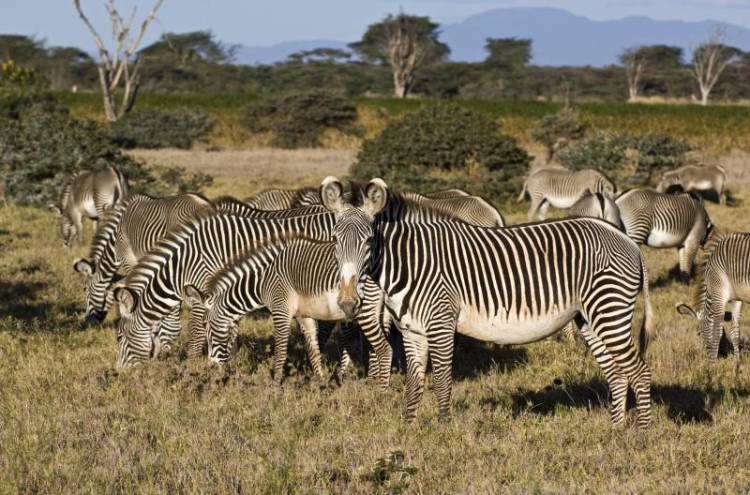×
The Standard e-Paper
Fearless, Trusted News

A new technology that brings on board volunteers to participate in Grevy’s zebra census is putting Kenya on the edge of conservation of critically endangered species.